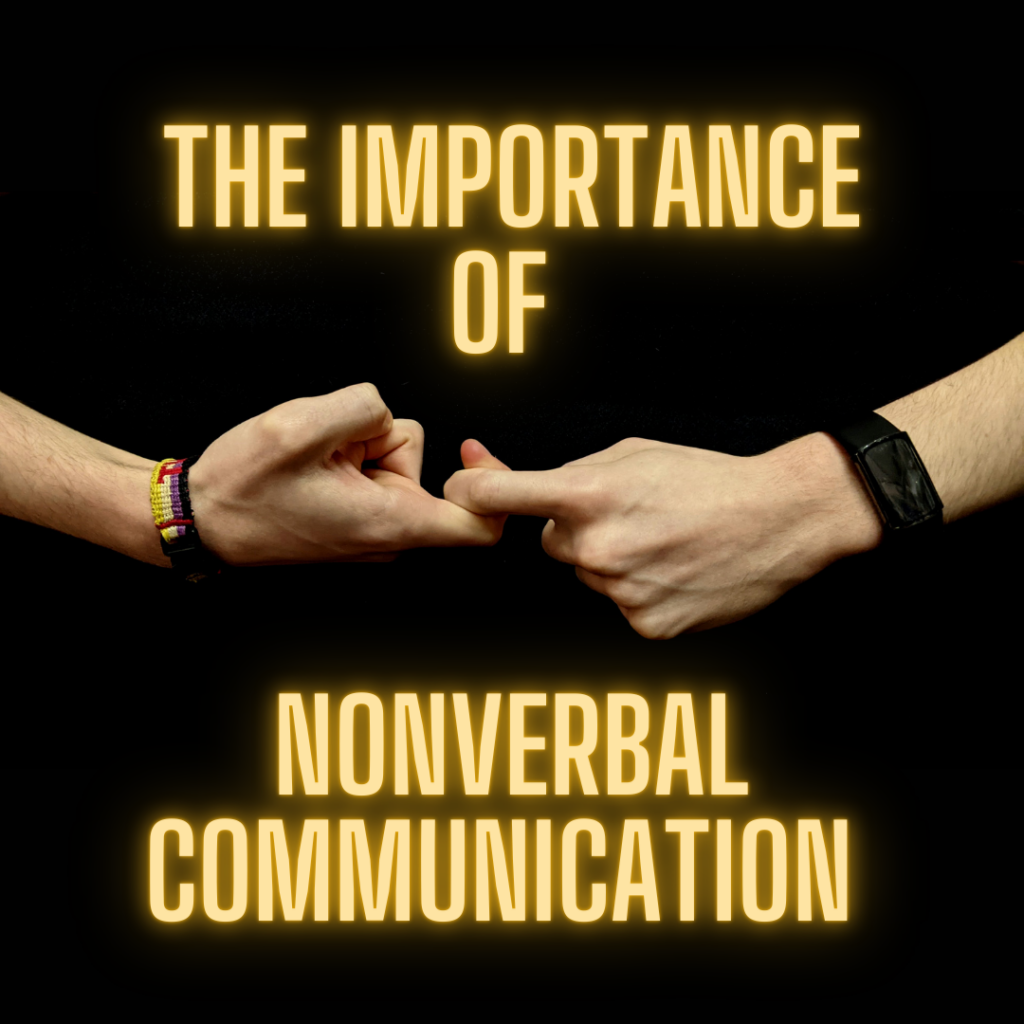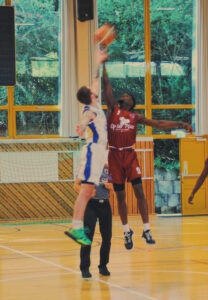CTG Mindset Blog
The Importance of Nonverbal Communication
The Importance of Nonverbal Communication
Communication is something we all do with our words, body language, and energy but we don’t talk often enough about how big of an influence communication is on teams. In this two-part blog, we will be looking at verbal and nonverbal communication and the importance of both within a team. In this second part, we are focusing on nonverbal communication.
Showing Not Talking
Nonverbal communication involves attitude you carry into a conversation or competition, signals*, specific looks, and body language. It has a strong influence over others because even if you aren’t verbally saying anything, people can feel your energy. That energy can either increase team cohesion or cause tension and bring the team down. Furthermore, having nonverbal communication that the whole team understands will allow you all to communicate with each other without other teams knowing what you are saying. This creates an opportunity to work quicker together without having to say everything you are thinking.
What Does Nonverbal Communication Look Like?
Many teams just have hand signals for various plays instead of having to call out plays. In looking at body language, look from the starters to the players that don’t get as many minutes. Is there a separation? Is there a vast difference between their body language? Every single member of the team is vital to a winning season. The starters are getting minutes in competition but the players that don’t get as many minutes, push those starters during practice to get better.
Nonverbal Communication Team Activity
Communication Conclusion
Now the best thing for a team for competition and team cohesion is to find a combination of verbal and nonverbal communication. This means knowing your teammates on and off the court. This means knowing who they are, knowing when something is wrong, and being able to anticipate their next move.
*Signals are separate from sign language, which is its own language
Content Created by Kathryn Colby, M.Ed.



 Professional Basketball Player Accolades:
Professional Basketball Player Accolades: Coach Savannah is originally from Cottage Grove, Wisconsin. Currently, she’s a junior at the University of Wisconsin-Madison studying Psychology and Gender & Women’s Studies. She has a passion for martial arts and has been doing it since she was 4 years old.
Coach Savannah is originally from Cottage Grove, Wisconsin. Currently, she’s a junior at the University of Wisconsin-Madison studying Psychology and Gender & Women’s Studies. She has a passion for martial arts and has been doing it since she was 4 years old.